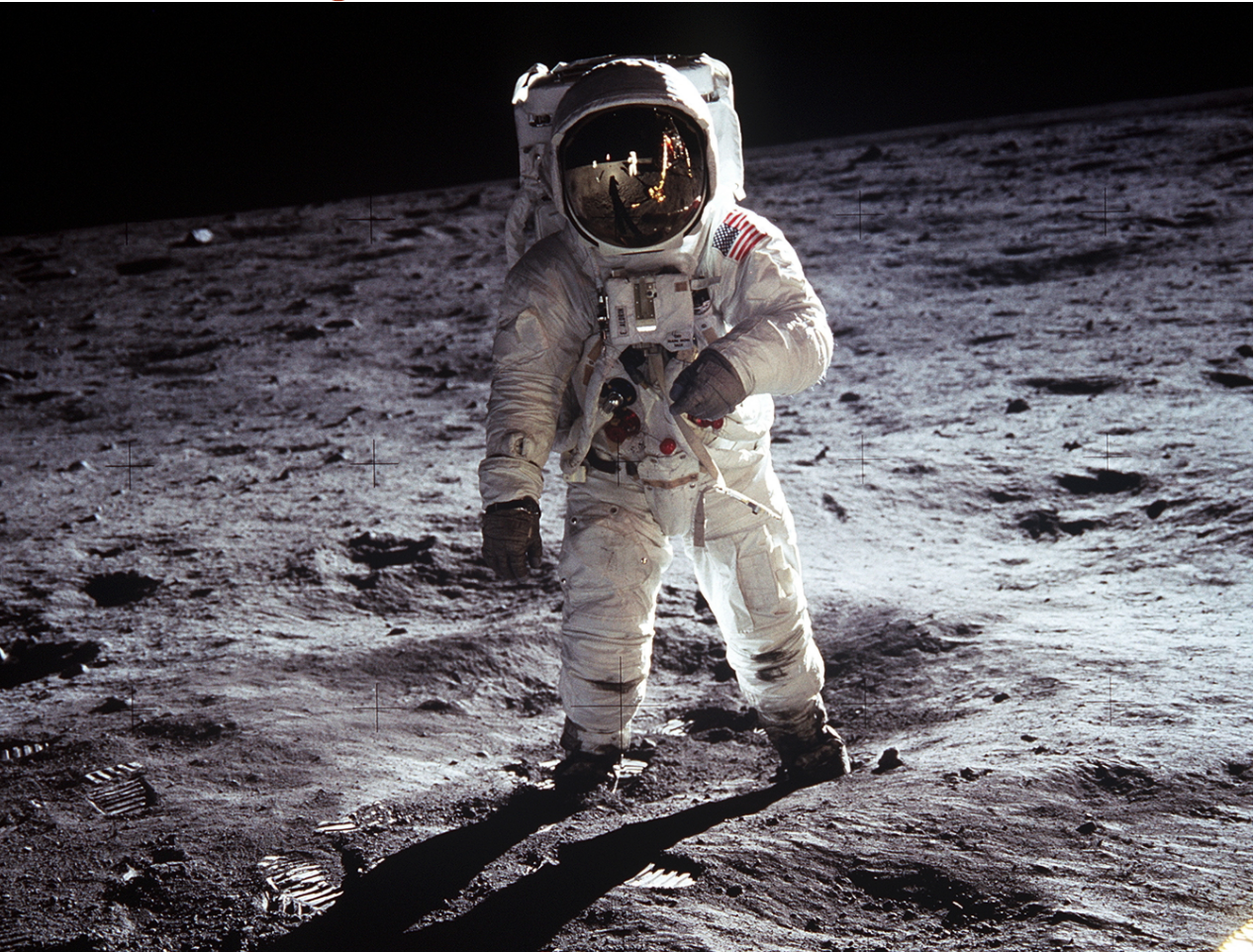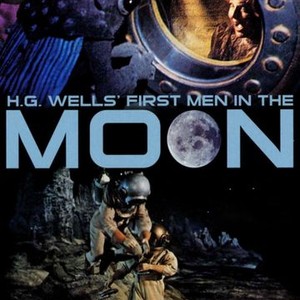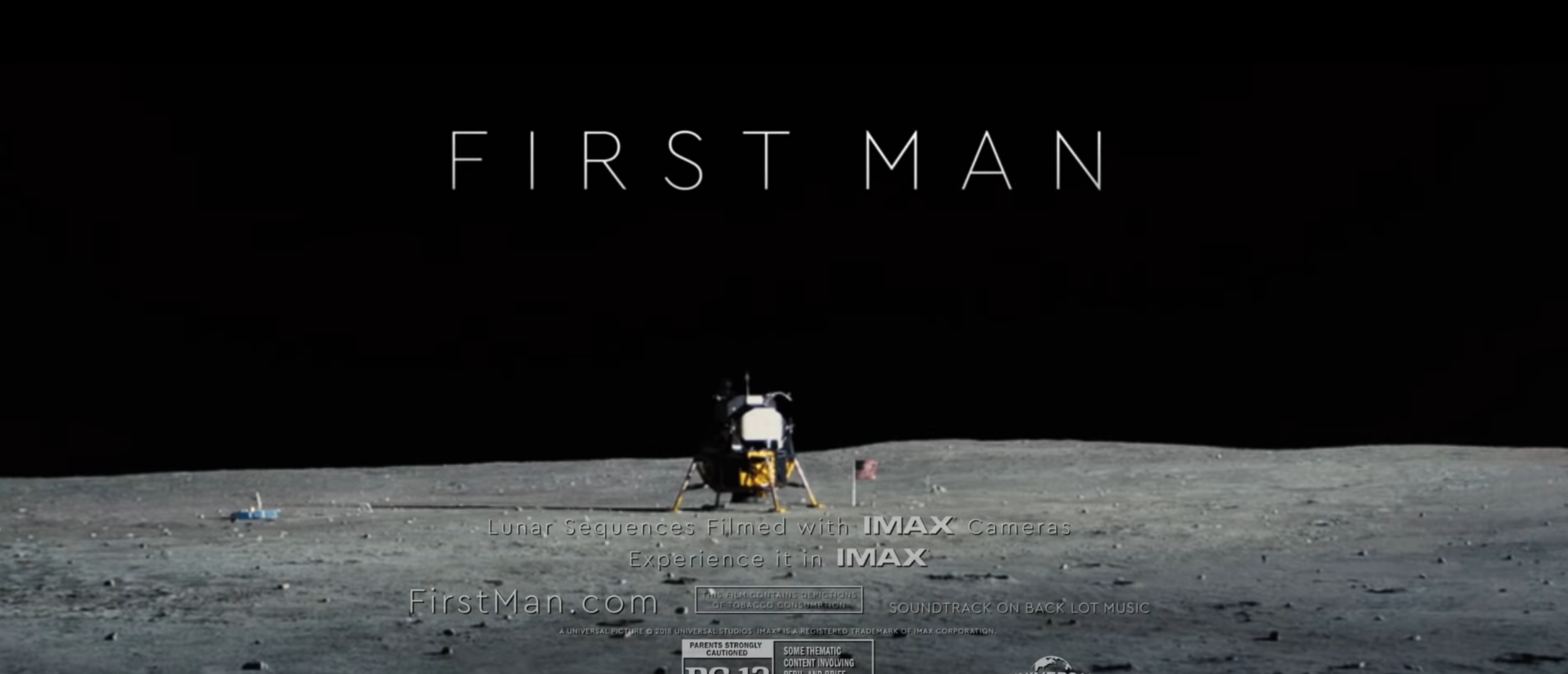


It's the first time Columbia has been outside the Smithsonian since 1971. Meanwhile, the newly restored Columbia spacecraft is on tour with stops in Houston, St. The Smithsonian Institution is remodeling its moon gallery at the National Air and Space Museum (NASM) in Washington, D.C., for a 2021 opening. Mint prepared special coins for the celebration. The Apollo 11 mission remains widely celebrated as it approaches its 50th anniversary in 2019. Kennedy in 1961, to perform a crewed lunar landing and return to Earth. The men had completed the national goal set by President John F. They then traveled by helicopter to a Mobile Quarantine Facility aboard the ship before being taken to Houston where they remained in quarantine until Aug. After donning biological isolation garments (on the off-chance that the astronauts carried back any harmful microbes from the moon), the crew left the Columbia and climbed into a rubber boat, where they were rubbed down with iodine in an effort to minimize potential contamination. Eastern time on July 24, only a few miles from the recovery ship, the U.S.S. The team splashed down in the Pacific Ocean at 12:50 p.m. The two vehicles docked, and the crew and samples transferred to the Columbia before the Eagle was jettisoned into space. (Image credit: Karl Tate/ )Īt 1:54 p.m., having spent a total of 21.5 hours on the moon, the lunar module blasted back to where Collins waited in the Columbia. See how the mission worked in this infographic. NASA's historic Apollo 11 moon mission landed the first astronauts on the lunar surface on July 20, 1969.

(21.55 kilograms) of samples from the moon, and reported that mobility on the moon was easier than anticipated. The astronauts traveled a total distance of about 3,300 feet (1 kilometer) as they walked around, traveling as far as 200 feet (60 meters) from the module to visit a large crater. They also left a 1.5-inch silicon disk with goodwill messages from 73 countries, and the names of congressional and NASA leaders.Īrmstrong spent a little over 2.5 hours outside the Eagle. The astronauts also laid down memorial medallions with the names of several astronauts and cosmonauts who had perished in flight and in training (including the Apollo 11 crew and the first person in space, Yuri Gagarin). President Richard Nixon, whose voice was transmitted from the White House, and placed a plaque on the ground that stated: While on the surface, the astronauts set up several experiments, collected samples of lunar soil and rock to bring home, erected a United States flag and took core samples from the crust. The Eagle has landed."Īpollo 11 astronaut Buzz Aldrin poses with the American flag on the surface of the moon in July 1969. Armstrong notified Houston with the historic words, "Houston, Tranquility Base here. The lunar module touched down on the moon's Sea of Tranquility, a large basaltic region, at 4:17 p.m. On July 20, Armstrong and Aldrin entered the lunar module, nicknamed the "Eagle" and separated from the Command Service Module - the "Columbia" - and headed toward the lunar surface. While in flight, the crew made two televised broadcasts from the interior of the ship, and a third transmission as they drew closer to the moon, revealing the lunar surface and the intended approach path. This helped the planners narrow down the initial 30 site candidates to three.Īpollo 11 launched from Kennedy Space Center in Florida at 9:32 a.m. They examined the best high-resolution photographs available at the time, from the Lunar Orbiter and Surveyor programs, and considered the number of craters and boulders, cliffs and hills at each prospective landing site, and how easy it would be for the astronauts to land given their fuel and time requirements. Mission planners at NASA studied the lunar surface for two years, searching for the best place to make the historic landing. (Image credit: NASA) From Earth to the moon Apollo 11 crew: Neil Armstrong, Michael Collins and Edwin "Buzz" Aldrin.


 0 kommentar(er)
0 kommentar(er)
